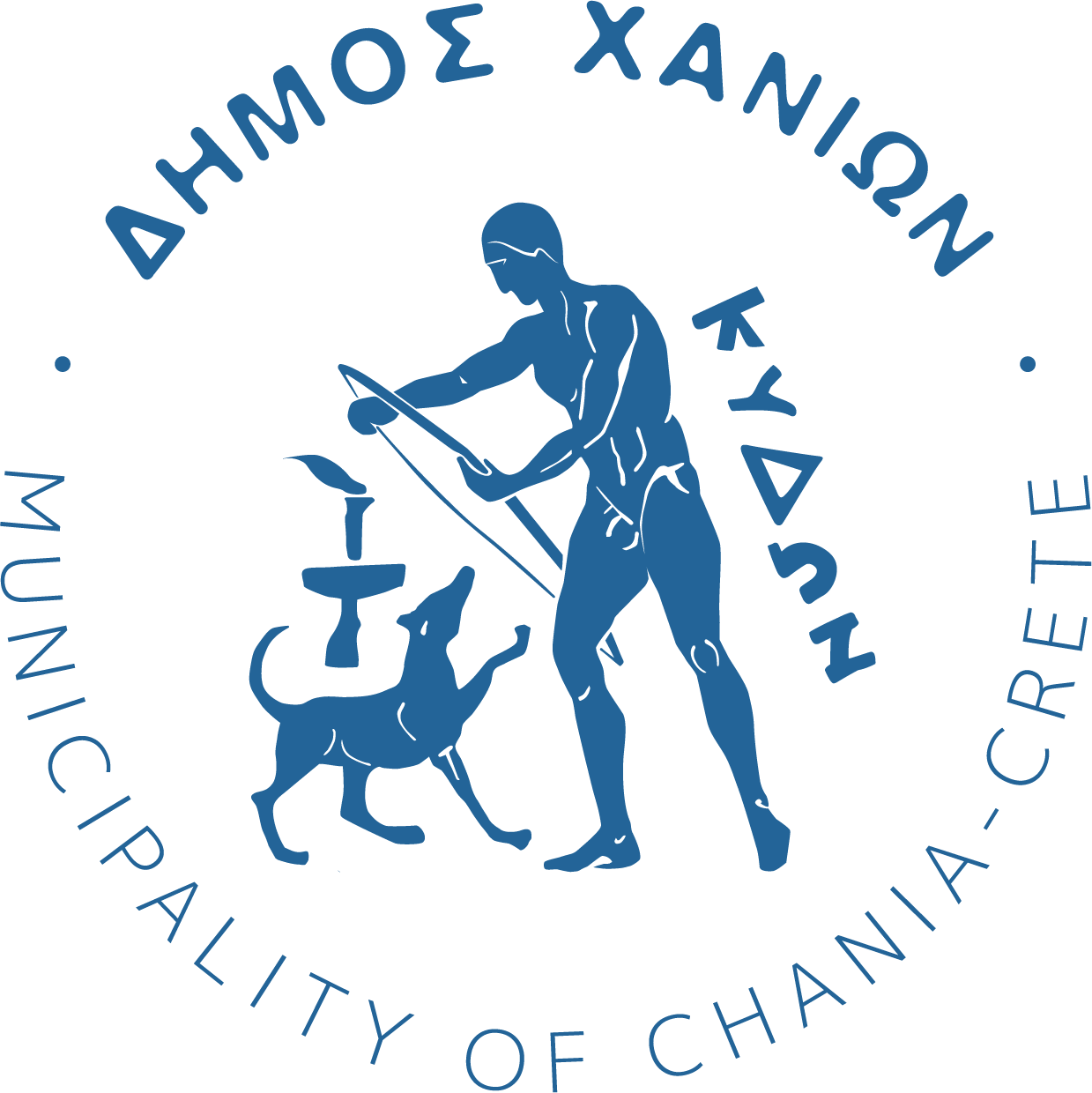The jetty is founded on a series of reefs that made the harbor inaccessible to ships. Approximately in the center of the jetty, a corner is formed, modeled on the bastion of Agios Nikolaos of Molos.
The bastion covered the long distance to the entrance of the port, which it protected in conjunction with the Firka Fortress. It took its name from the single-aisled church of Agios Nikolaos of Molos, which exists there under the embankments. A large part of the bastion was demolished a few decades ago.




